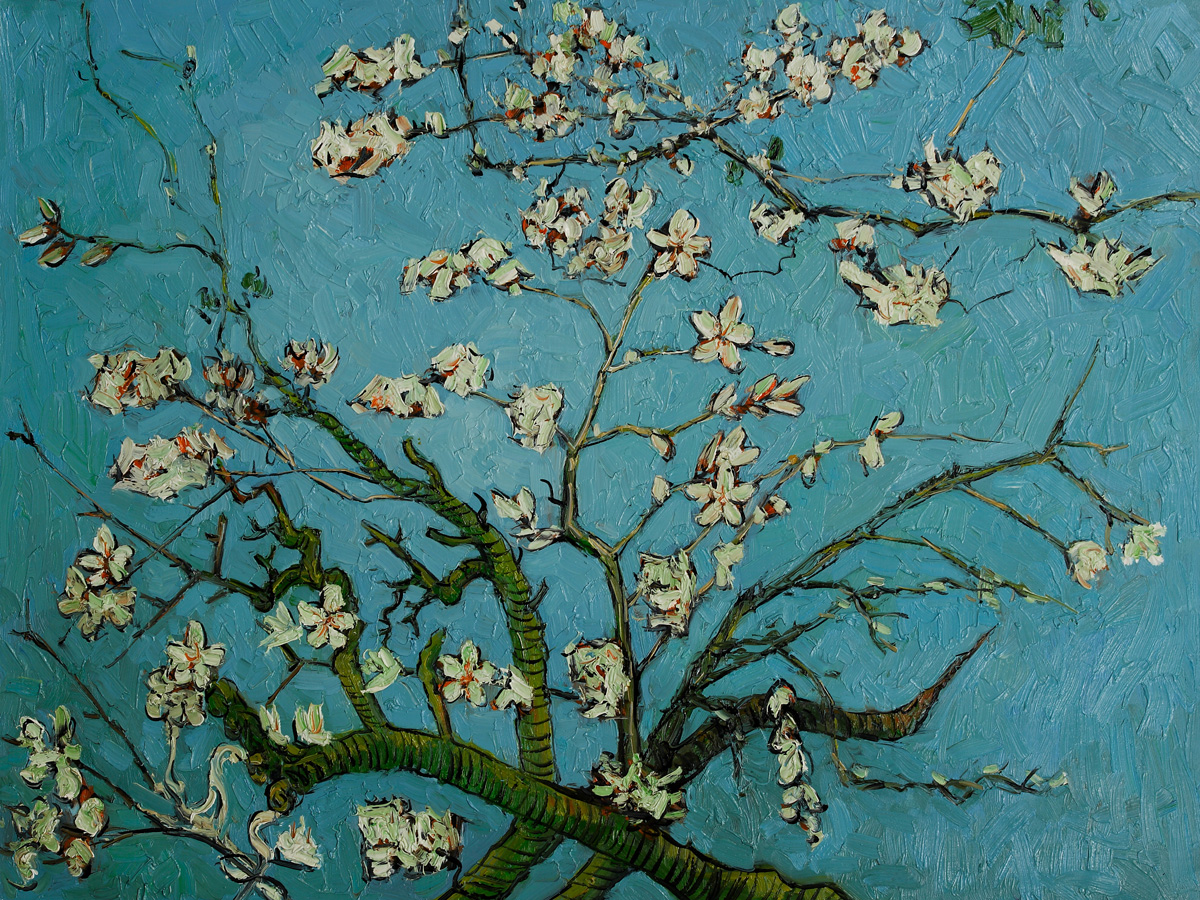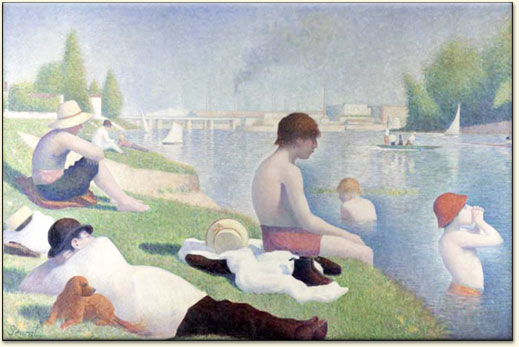The group was unified only by its independence from the official annual Salon, for which a jury of artists from the Académie des Beaux-Arts selected artworks and awarded medals. The independent artists, despite their diverse approaches to painting, appeared to contemporaries as a group.
Well-known art work includes:

Camille Pissaro

Post-Impressionism, breaking free of the naturalism of Impressionism in the late 1880s. A group of young painters sought independent artistic styles for expressing emotions rather than simply optical impressions, concentrating on themes of deeper symbolism. Use of simplified colors and definitive forms, their art was characterized by a renewed aesthetic sense as well as abstract tendencies, followed diverse stylistic paths in search of authentic intellectual and artistic achievements.
Although the artists did not view themselves as part of a collective movement at the time, Roger Fry (1866–1934), critic and artist, broadly categorized them as "Post-Impressionists," a term that he coined in his seminal exhibition Manet and the Post-Impressionists installed at the Grafton Galleries in London in 1910.
Well-known art includes:
Almond Tree in Blossom

Bathers at Asnières

No comments:
Post a Comment